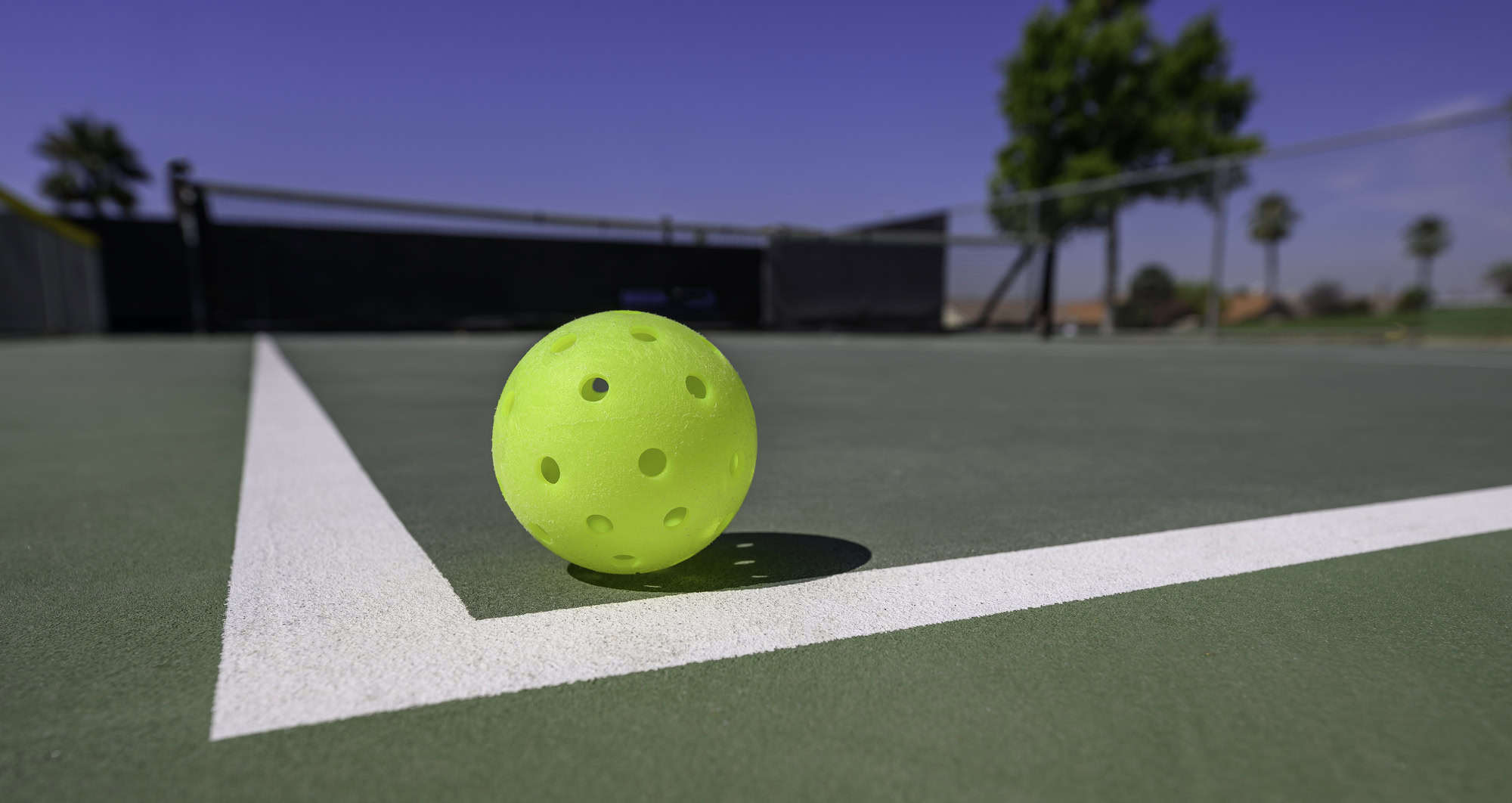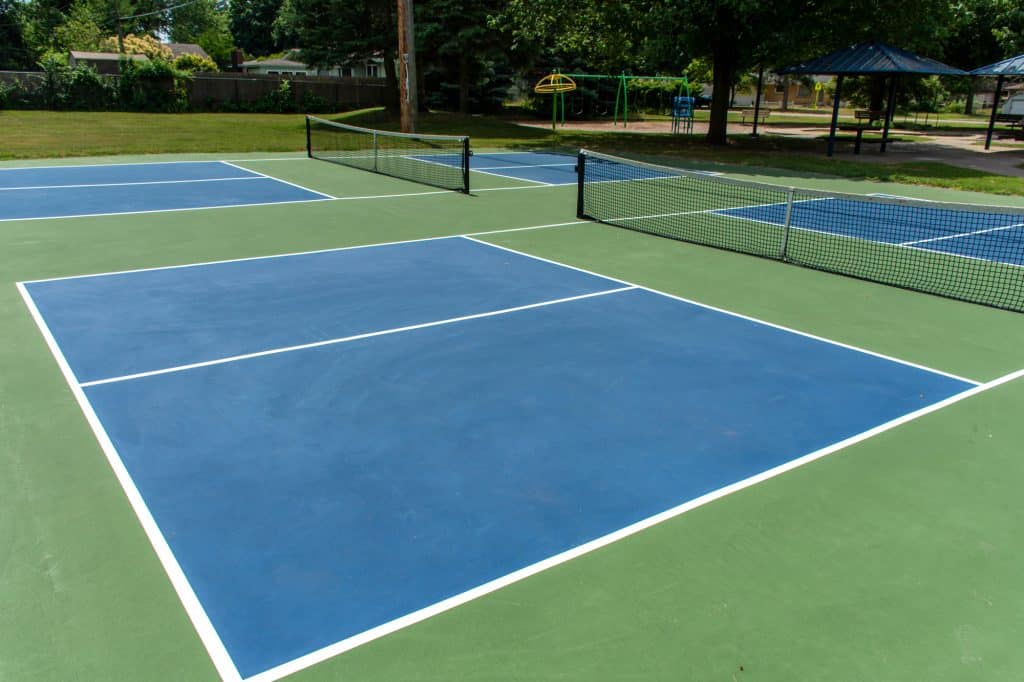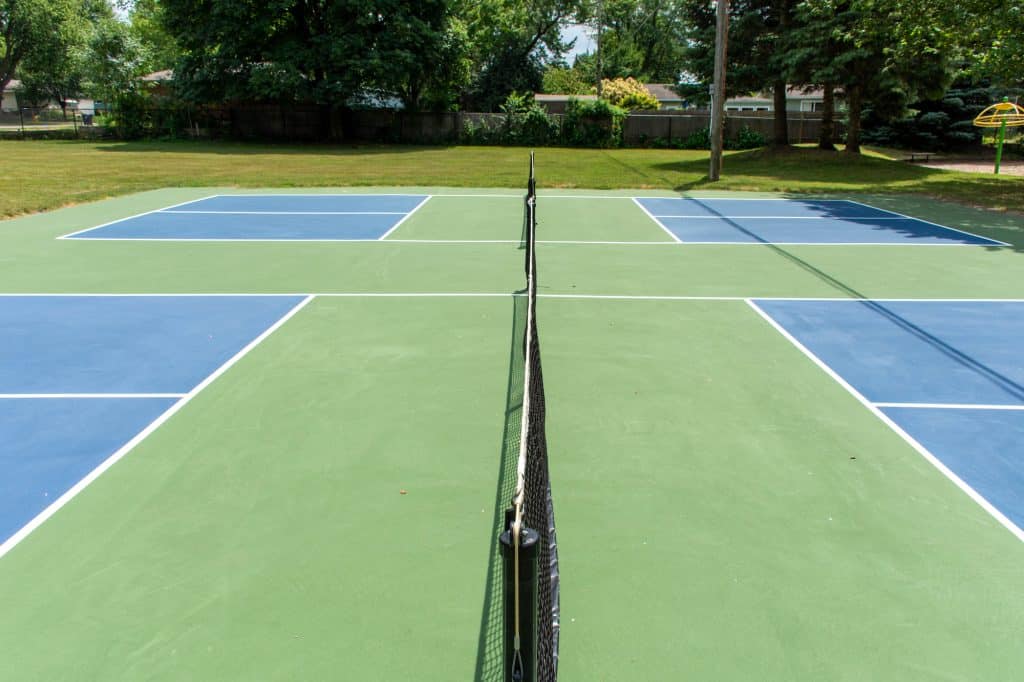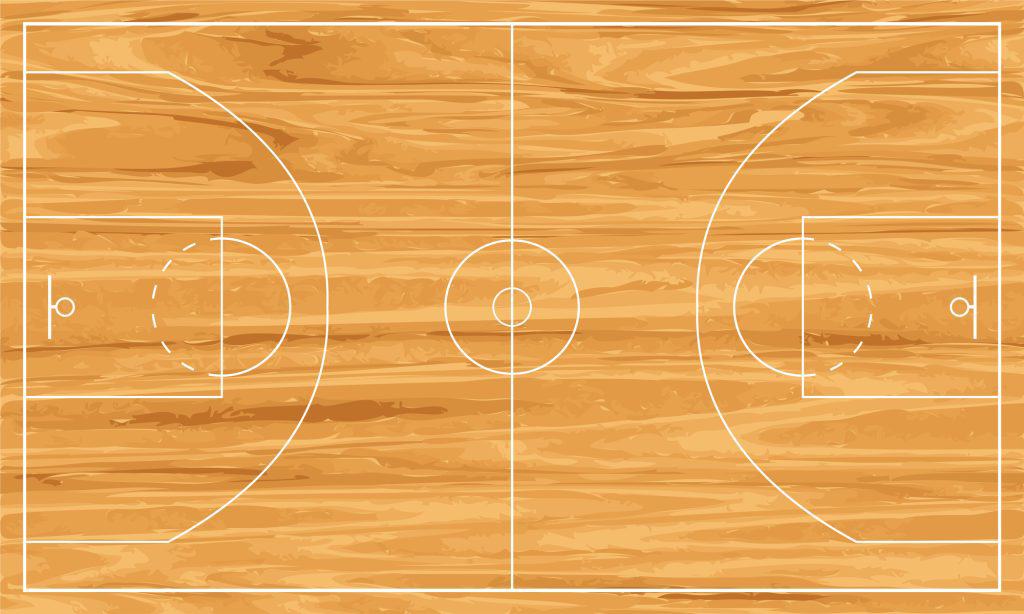How Big is a Pickleball Court: Dimensions and Layout Explained

How Big is a Pickleball Court: Dimensions and Layout Explained
Pickleball has become one of the fastest-growing sports, captivating enthusiasts with its engaging mix of strategy and physical activity. A regulation pickleball court is 20 feet (6.1 meters) wide and 44 feet (13.41 meters) long, dimensions that align with those of a doubles badminton court. These precise measurements ensure fairness and standardisation across all play levels, from casual games in local parks to competitive tournaments.
While these dimensions are consistent, the appeal of pickleball lies in its accessibility and adaptability. The court size remains the same whether players are engaging in singles or doubles matches, simplifying the setup and making it easy for anyone to join in. Knowing the exact size of the court can help enthusiasts of all levels understand the space they’ll be working within and optimise their play accordingly.
Additionally, familiarising oneself with the specific layout and dimensions can aid in proper court construction and maintenance. Whether converting an existing space or building a new facility, adhering to these standards guarantees a top-quality experience for all players.
Pickleball Court Overview
A pickleball court measures 20 feet wide by 44 feet long, making it smaller than a standard tennis court. This size is set for doubles play. For singles play, the court dimensions remain the same.
The net in pickleball is positioned slightly different than in tennis. It stands 36 inches high at the sidelines and 34 inches in the middle.

Key Pickleball Court Areas
- Non-Volley Zone: Extends 7 feet from the net on both sides.
- Service Courts: There are two service courts on each side, divided by a centreline.
Pickleball Court Markings
- Baselines: The lines parallel to the net at the back of the court.
- Sidelines: The lines perpendicular to the net at the sides of the court.
- Centreline: Divides the service courts within the court.
- Non-Volley Line: Also called the kitchen line, it marks the non-volley zone.
Additional Space Requirements for Pickleball Court
While the playing area itself is 20 feet by 44 feet, an extra buffer zone is recommended. For ease of movement and safety, a concrete slab of 30 feet wide by 60 feet long is typically suggested. This ensures enough space around the playing area of the pickleball court.
Pickleball Court Key Dimensions and Markings
Understanding the dimensions and markings of a pickleball court is crucial for proper play. The court has standardised measurements and specific zones important for strategy and gameplay.
Pickleball Court Size and Boundaries
A pickleball court measures 20 feet (6.1 metres) wide and 44 feet (13.4 metres) long. This size is the same for both doubles and singles matches.
Borders of the court include sidelines and baselines. Sidelines run the length of the court and baselines run the width. The sidelines and baselines mark the external boundaries. Both indoor and outdoor courts follow these standard dimensions for consistency in play.
Pickleball Court Service Areas and Non-Volley Zone
The court is divided into two service areas on each side of the net, separated by a centreline. Each service area is defined between the baseline and the non-volley zone, along with the centreline and sideline.
The non-volley zone, often called the “kitchen,” extends 7 feet (2.1 metres) from the net on each side. Players are not allowed to volley within this area to encourage longer rallies and strategic play.
Pickleball Court Key Markings and Lines
Markings on the court include several key lines such as the baseline, sidelines, centreline, and non-volley line. These lines help define the different sections of the court.
The non-volley line marks the edge of the non-volley zone. The centreline divides the service areas into left and right. The baselines are at the back of the court, and the sidelines run along the outer edges. Precise markings ensure clarity and fair play during a match.
Pickleball Court Net Specifications
The pickleball net is a critical component of the court, designed to specific dimensions and requiring proper setup to ensure fair play. This section explains the net’s height and length, the posts and support, as well as the centre strap and net tension.

Pickleball Net Height and Length
The pickleball net must be at least 21 feet 9 inches (6.63 metres) wide. This ensures it extends adequately between the posts. The net’s height should measure 36 inches (0.91 metres) at the sidelines and drop to 34 inches (0.86 metres) at the centre.
This centre height maximises playability and aligns with official standards. The mesh is typically rectangular, allowing for clear visibility and ensuring no balls pass through. The top of the net should be edged with a 2-inch (5.08 cm) white binding over a cord or cable running through it for added structure.
Pickleball Net Posts and Support
The net posts must be sturdy and positioned to support the net properly without obstructing play. Each post should be placed 22 feet (6.71 metres) apart to accommodate the net’s width efficiently.
These posts can be either free-standing or mounted into the ground, depending on the court’s design. They should stand 36 inches high to match the height at the sidelines. The top cord or cable, threaded through the net’s top binding, should be fastened tightly to these posts to keep the net taut.
Pickleball Centre Strap and Net Tension
A centre strap is essential for maintaining the correct height of 34 inches at the net’s centre. This strap should be anchored securely at the court’s surface and adjusted to ensure consistent net height across its width.
Proper net tension is vital for preventing sagging, which can affect play. The top cord or cable must be tightened appropriately, maintaining a firm yet not overly rigid net. This balance ensures the net maintains its shape and provides a consistent playing experience.
Types of Pickleball Courts
Pickleball courts can be found in various environments, each with unique characteristics and requirements. The primary types include indoor courts, outdoor courts, and temporary or portable courts.

Indoor Pickleball Courts
Indoor pickleball courts are typically located in multipurpose gyms or dedicated sports facilities. The surface is often made of wood or another smooth material to ensure consistent bounce and reduce injuries.
Indoor courts offer controlled lighting and climate conditions, providing a consistent playing experience. Noise levels can be higher indoors due to echo, so sound-absorbing materials may be used.
They are less affected by weather, making them available year-round. Though, one drawback can be limited space, resulting in fewer courts being available compared to outdoor options.
Outdoor Pickleball Courts
Outdoor pickleball courts are usually found in parks, clubs, or residential areas. They are made from various surfaces such as asphalt, concrete, or specialised sports coatings that withstand weather conditions.
These courts benefit from natural lighting and fresh air, making them enjoyable during good weather. Fencing is often installed to prevent balls from escaping the play area.
Players need to consider weather conditions such as wind, rain, and temperature changes, which can affect playability. Maintenance involves dealing with debris, cracks, and other outdoor wear and tear.
Temporary and Portable Courts
Temporary and portable pickleball courts provide flexibility and mobility. They can be set up in locations like parking lots or temporary venues for events.
Tape or chalk is commonly used to mark boundaries on existing surfaces. Portable net systems are crucial, with features like easy assembly and transport. They can be assembled quickly, making them ideal for casual games or events.
These courts are cost-effective but might lack the specifications and quality of permanent ones. Ensuring a flat, smooth surface is critical to avoid injuries and ensure fair play.
Comparison With Other Sports Courts
A pickleball court is smaller compared to many other court sports, which influences gameplay dynamics. Below are specific comparisons with tennis, badminton, basketball, and volleyball courts to highlight the unique and shared aspects of pickleball courts.
Tennis and Badminton Courts

Pickleball and tennis differ markedly in court dimensions. A pickleball court measures 20 feet (6 meters) in width and 44 feet (13.4 meters) in length, significantly smaller than a tennis court, which is 27 feet (8.2 meters) wide for singles matches and expands to 36 feet (11 meters) for doubles. Tennis courts have a standard length of 78 feet (23.8 meters).
Badminton courts also offer an interesting comparison. A singles badminton court is 17 feet (5.2 meters) wide, while a doubles badminton court widens to 20 feet (6.1 meters), similar to a pickleball court. However, the length of a badminton court is only 44 feet (13.4 meters), matching the pickleball court length.
Shared Use With Basketball and Volleyball Courts

Pickleball courts can be creatively integrated into basketball and volleyball courts for shared use. A standard basketball court is 50 feet (15.2 meters) wide and 94 feet (28.7 meters) long, offering ample space to accommodate multiple pickleball courts. By adjusting the markings, facilities can optimise space usage for various sports activities.

Volleyball courts also share common dimensions with pickleball courts. A standard indoor volleyball court is 30 feet (9.1 meters) wide and 60 feet (18.3 meters) long. This allows for at least two pickleball courts to be set up side-by-side within a volleyball court’s dimensions, enabling flexible sports programming.
Unique Aspects of Pickleball Courts
The compact size of pickleball courts—20 feet by 44 feet—creates a more intimate playing area conducive to quick rallies and intense gameplay. The net is positioned at 34 inches (86.4 cm) at the centre and 36 inches (91.4 cm) at the sidelines, lower than the nets used in tennis and badminton.
Pickleball’s smaller court size facilitates accessibility and ease of play, making it popular among various age groups and fitness levels. This efficient use of space also promotes community engagement, as multiple pickleball courts can be established on a single traditional sports court, enabling more players to participate simultaneously.





